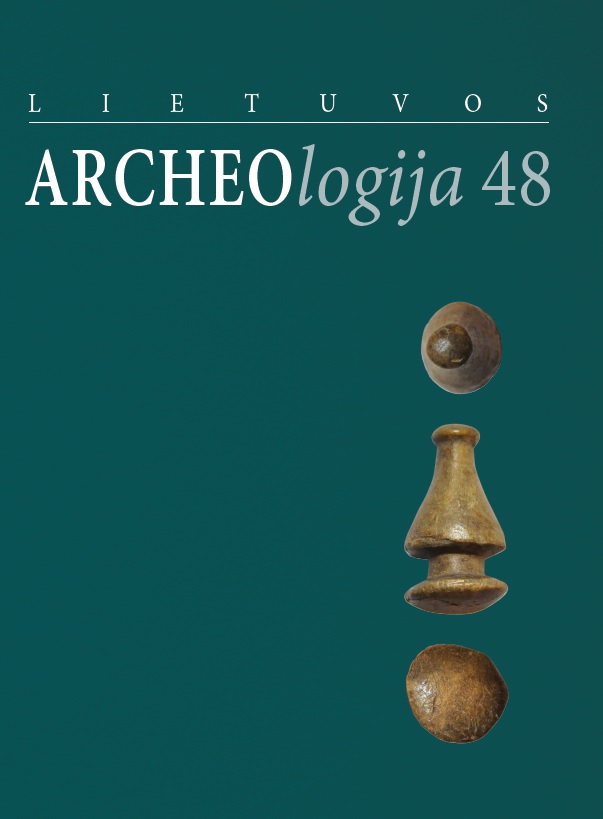Volume 48 (2022): Lietuvos archeologija, December 2022

Order by:
Pub. online: 31 Dec 2022
Type: Article
 Open Access
Open Access
Abstract
Pub. online: 31 Dec 2022
Type: Article
 Open Access
Open Access
Abstract
Pub. online: 31 Dec 2022
Type: Article
 Open Access
Open Access
Abstract
Pub. online: 31 Dec 2022
Type: Disscusion
 Open Access
Open Access